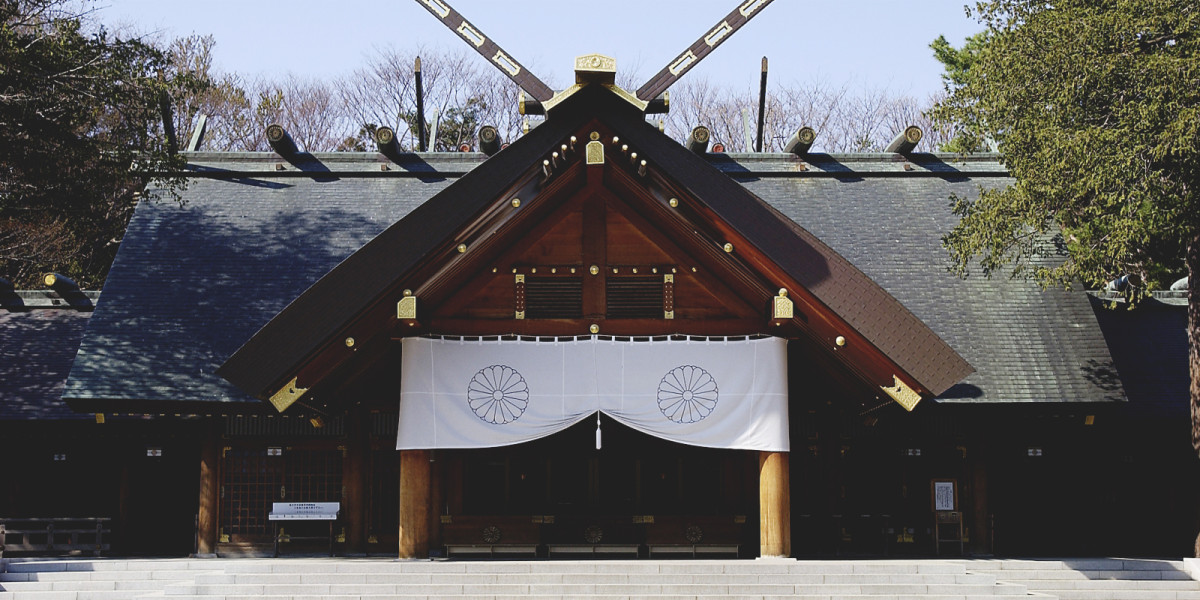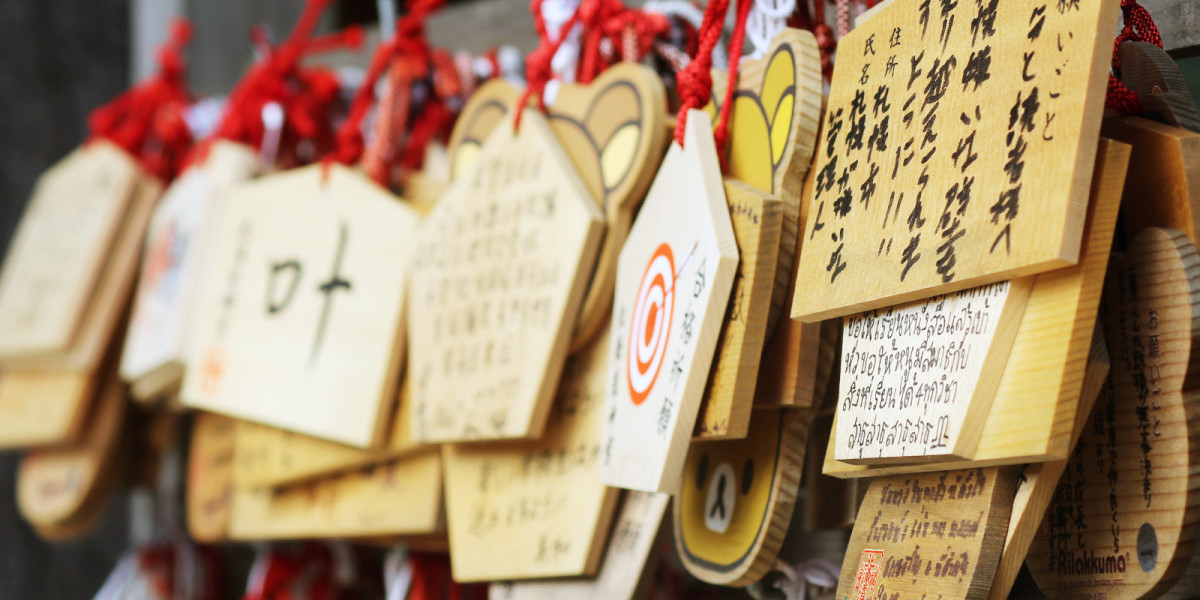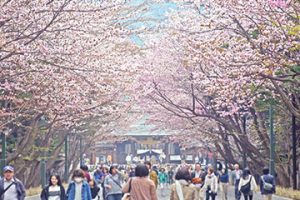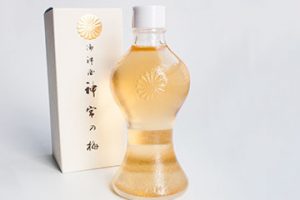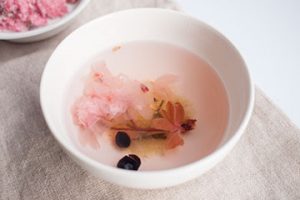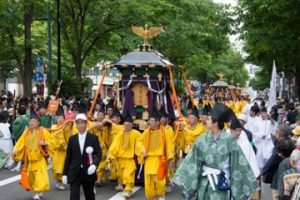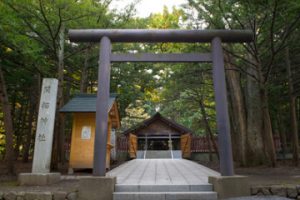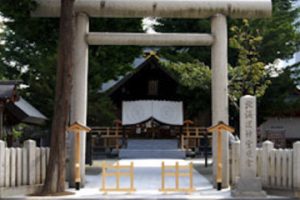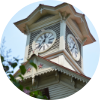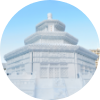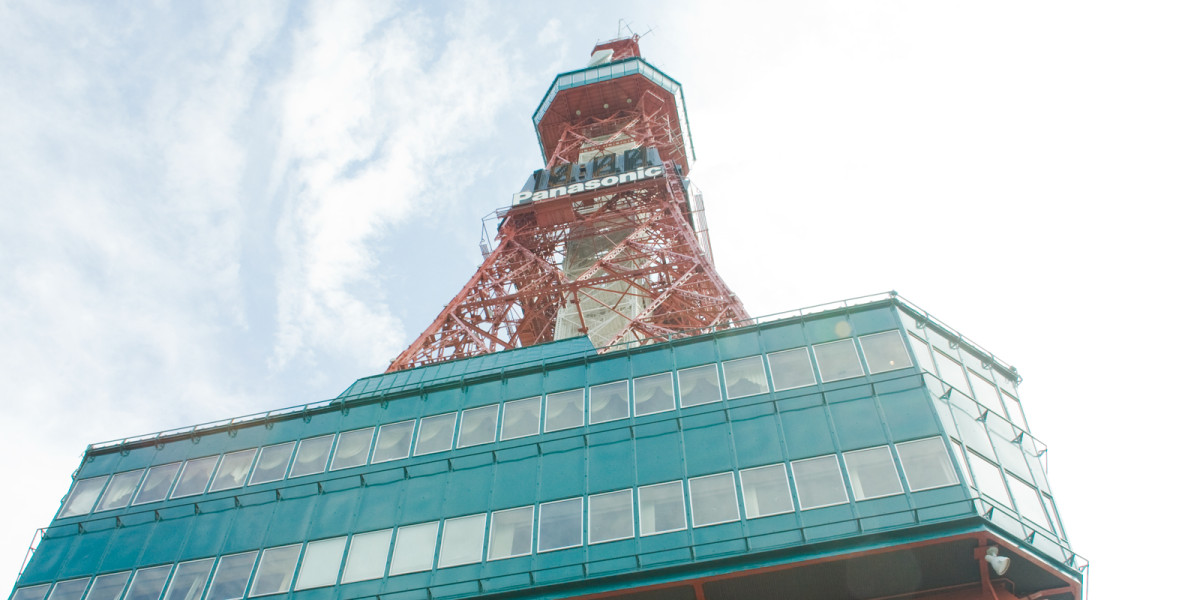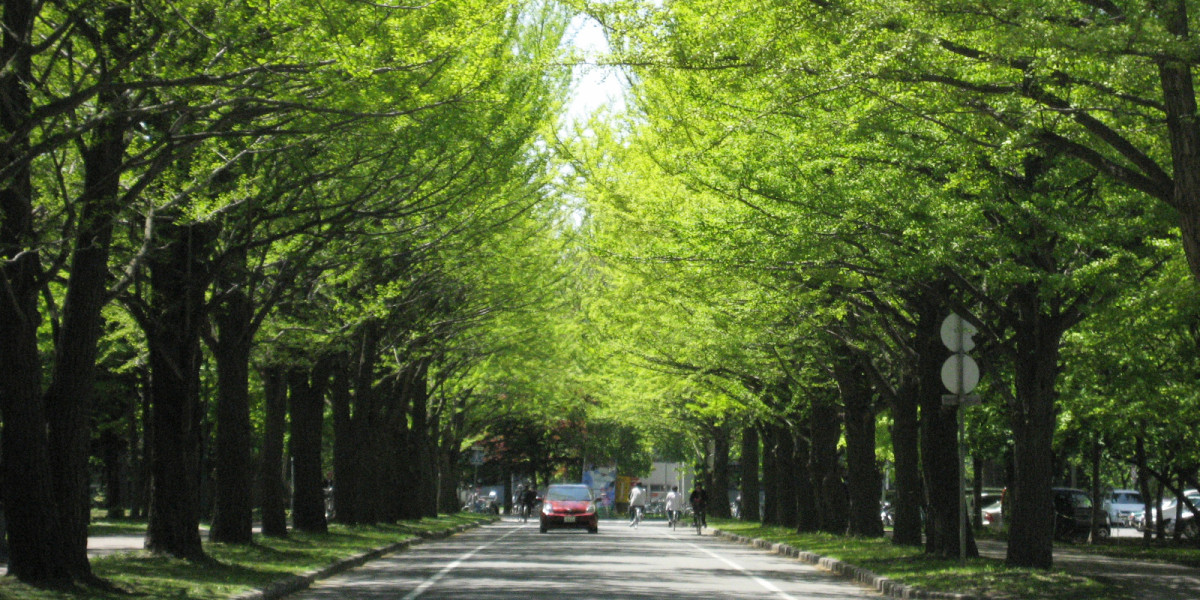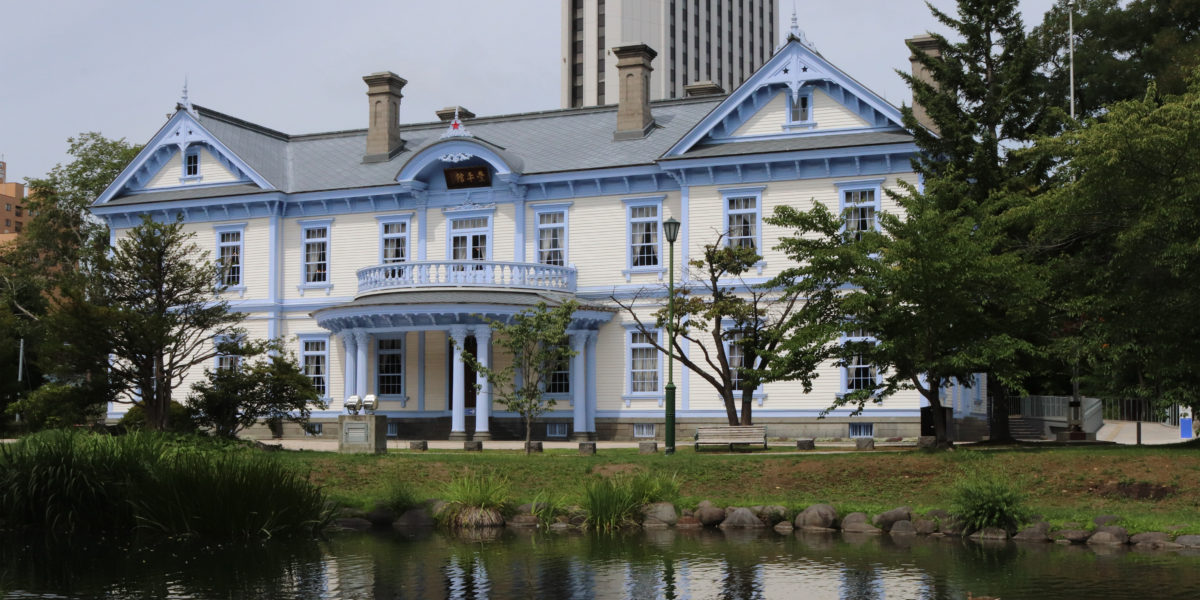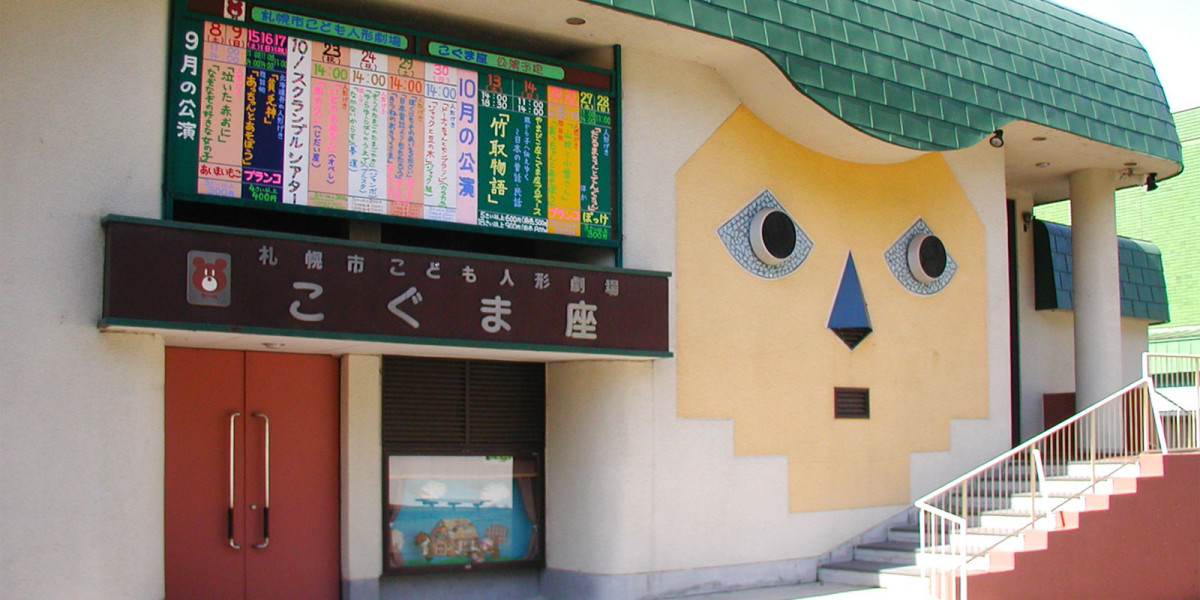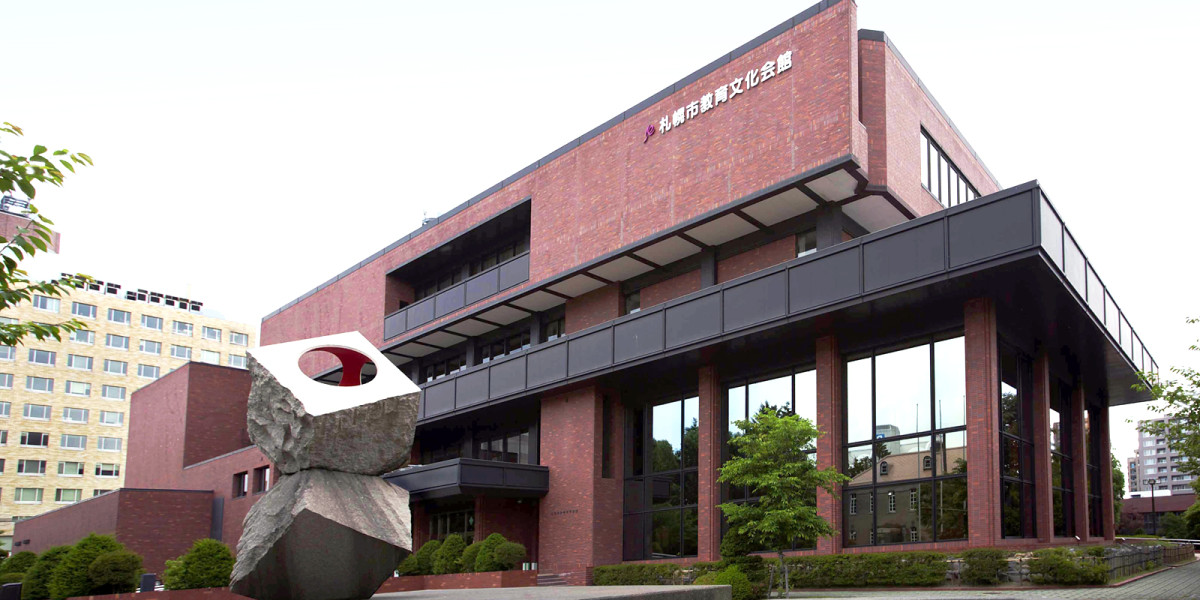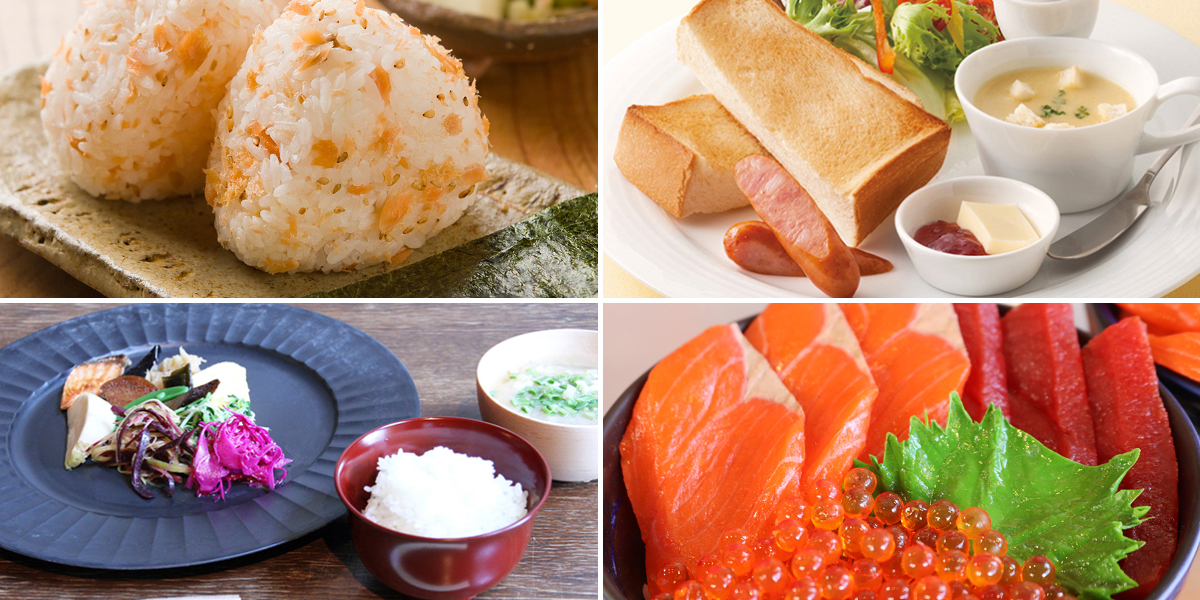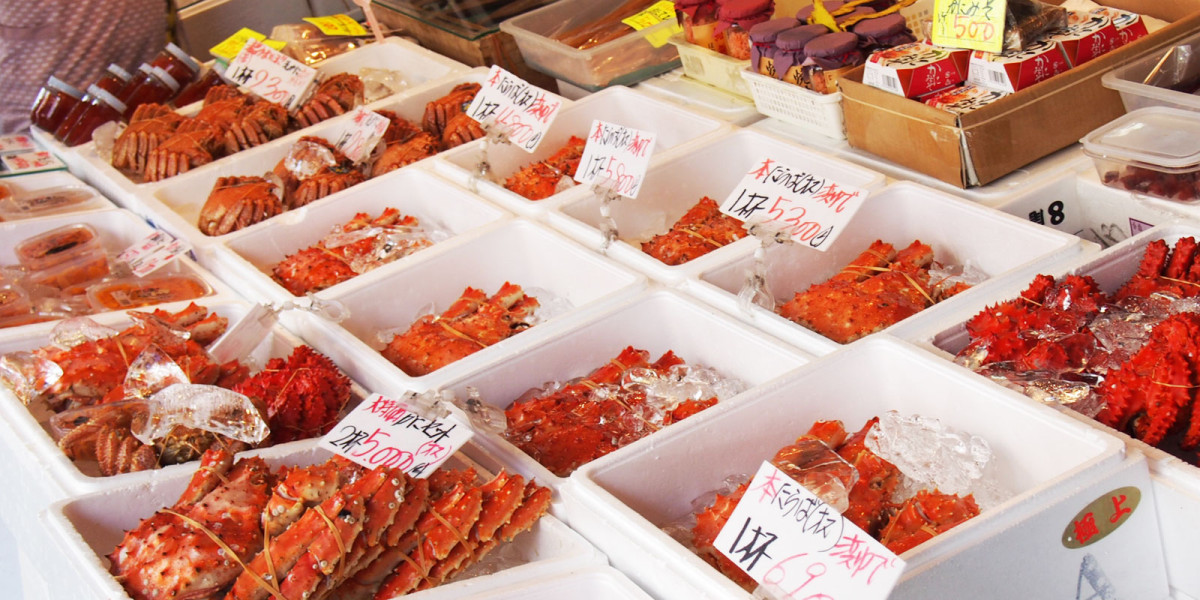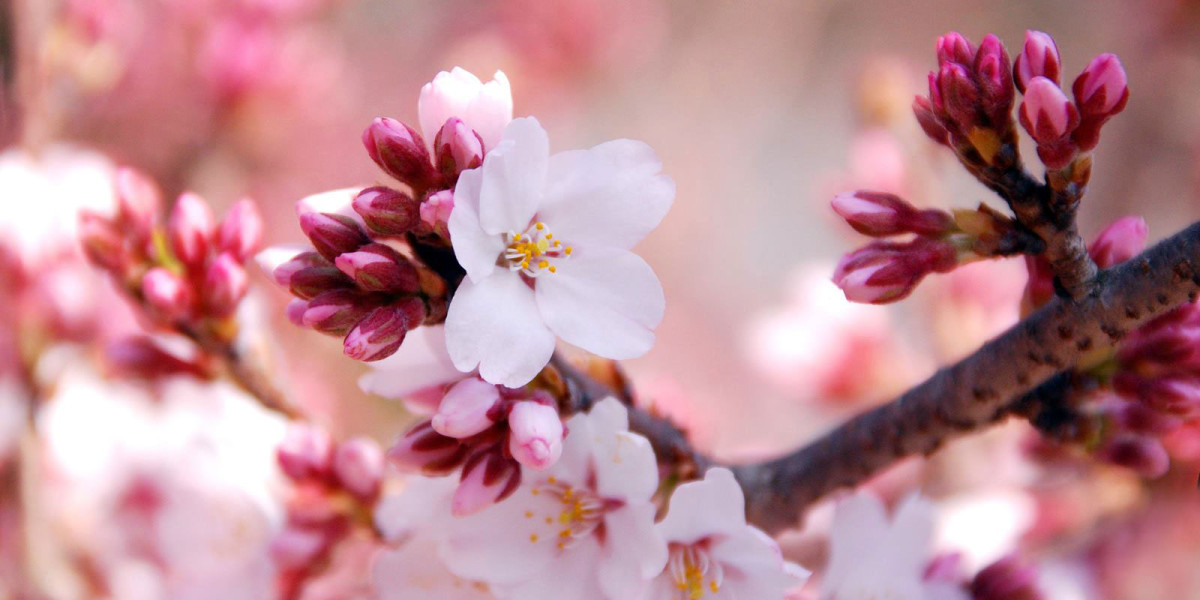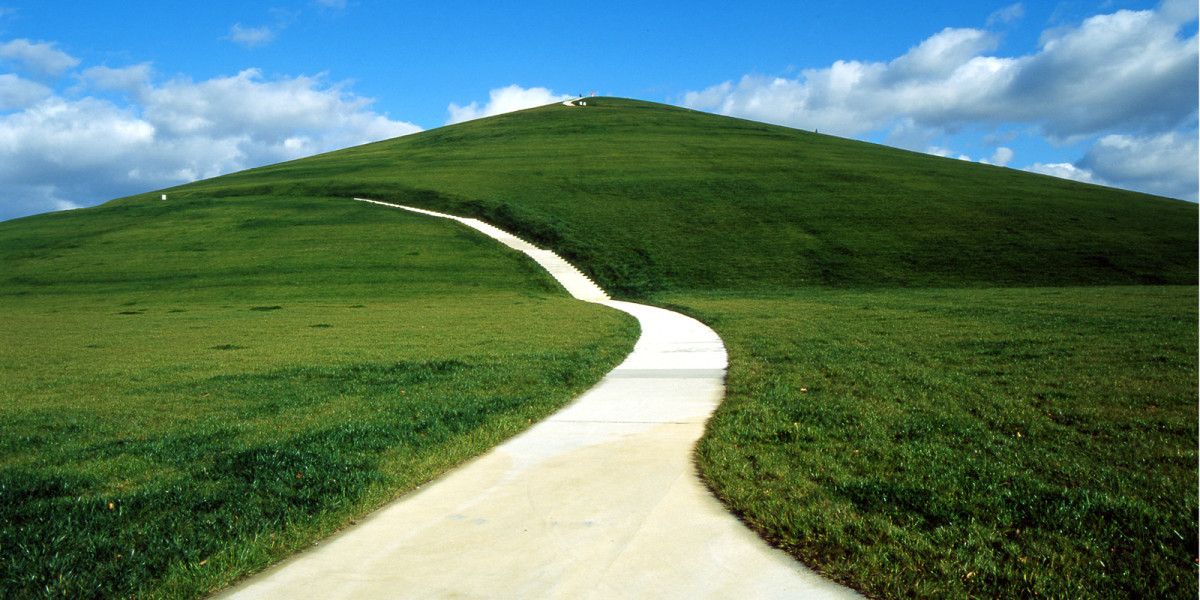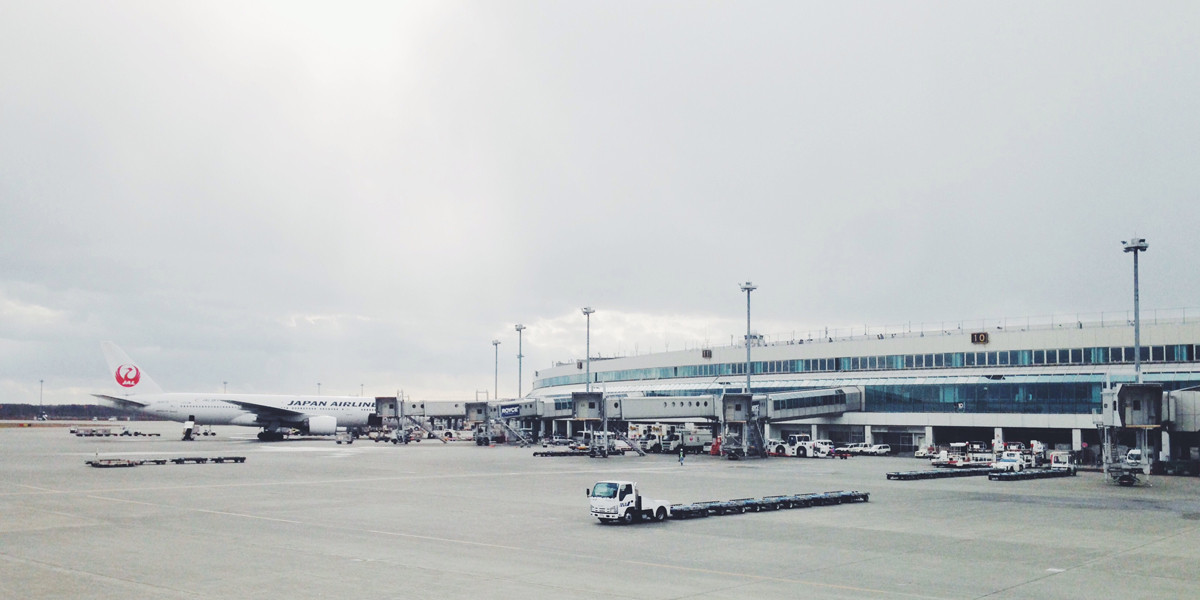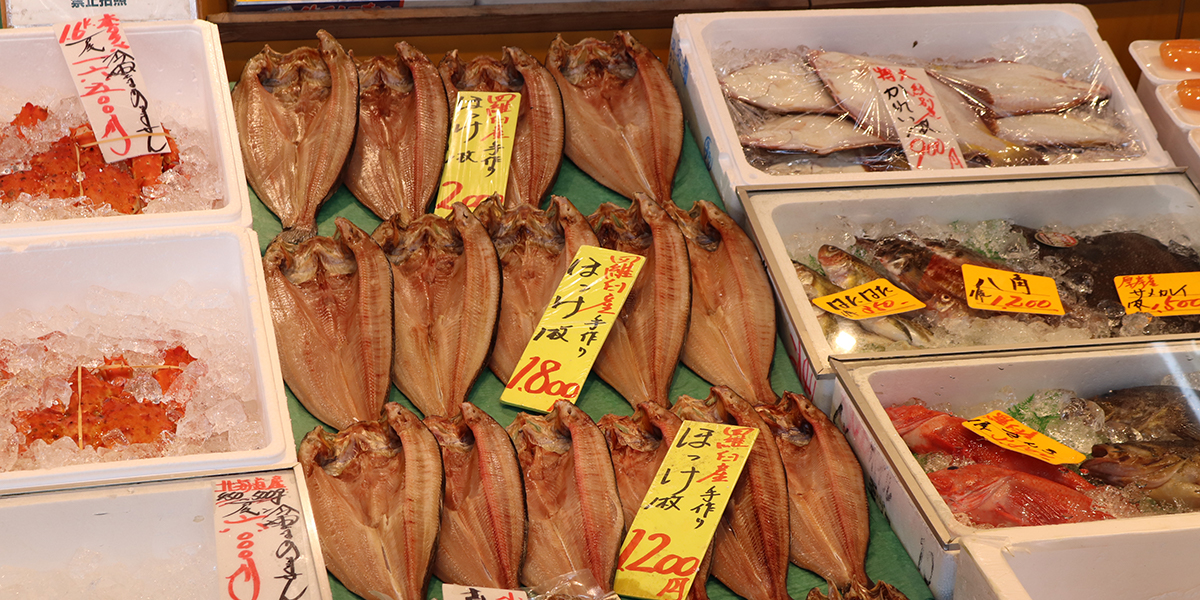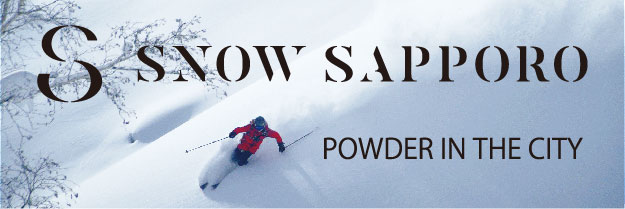Hokkaido Shrine
Hokkaido Shrine, the tutelary shrine for Hokkaido, comes alive with visitors during flower viewing, festivals, and hatsumode (first shrine visit)
The Hokkaido Shrine was built in 1869 after the Meiji Emperor decreed that the “three pioneering gods” be enshrined to
uplift the spirit of the pioneers. Judge Yoshitake Shima, who had undertaken the design of downtown Sapporo at the time,
selected Maruyama, which was surrounded by mountains on three sides and open to a plain on one side, as the site of the
new shrine. The existence of a shine dedicated to the Shinto deities not only offered spiritual support to the pioneers,
who faced difficulties in clearing through the virgin forest, but also served as a gathering place for the people to
meet and talk. In 1964, the Showa Emperor approved the additional enshrinement of the Meiji Emperor, thus Hokkaido
Shrine now enshrines four gods. The protective deities, who have overseen the development of Hokkaido and the happiness
of its people, continue to play an important part in Hokkaido citizens’ lives — particularly on New Year’s Day, the day
before the start of spring, and during exorcisms and weddings. The nature-rich shrine, where visitors are likely to see
wild squirrels, draws many visitors in the spring when cherry and plum blossoms bloom simultaneously.
| Visiting a Shrine | Useful Information for Foreign Tourists |
| Sapporo budget date courses starting from ¥500 | Keywords |
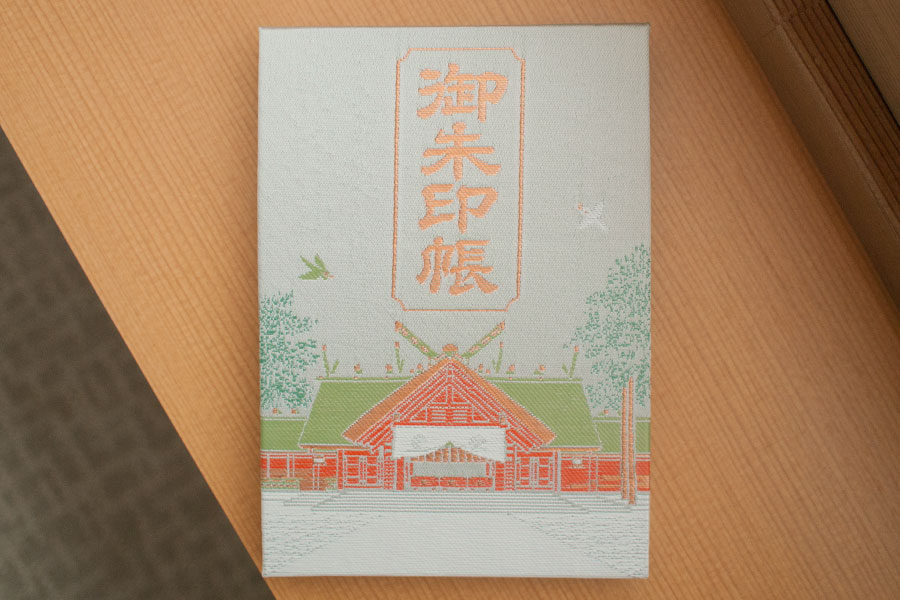
Get a goshuin stamp to commemorate your visit to the shrine
The goshuin is a red seal stamp showing that you have offered prayers at the shrine. It can be obtained at the prayer reception office for ¥300. If you dedicate ¥1300 to the shrine to receive the Hokkaido Shrine stamp book (goshuinchō) for ¥1300, the stamp will be included.
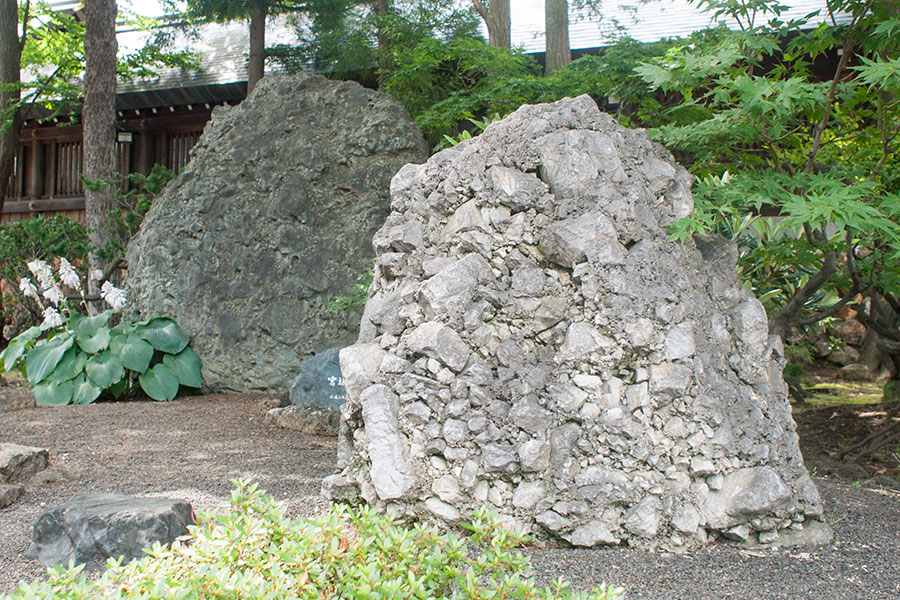
“Sazare-ishi” (boulders made from pebbles) that are referenced in the Japanese national anthem
The boulders in front of the Hokkaido Shrine office are called “sazare-ishi”, boulders that form as the result of small pebbles merging together after many years. You can see the rock from Kasuga village in Gifu Prefecture that has been designated as a natural monument, and a jade stone-type from the Saru River of Hidaka, Hokkaido.
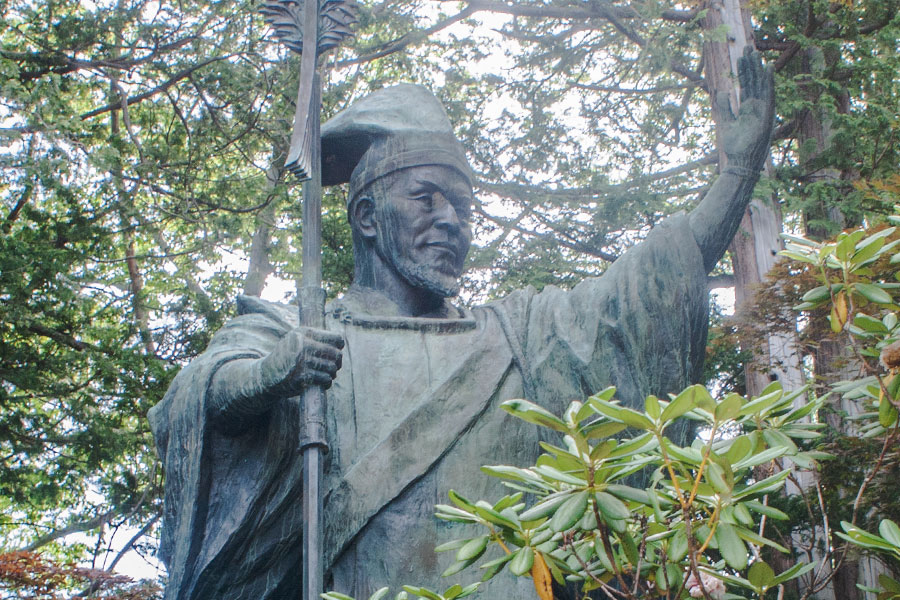
Bronze statue of Yoshitake Shima, Hokkaido founding father deeply involved in the establishment of the shrine
Bronze statue of Yoshitake Shima, Hokkaido founding father deeply involved in the establishment of the shrine

